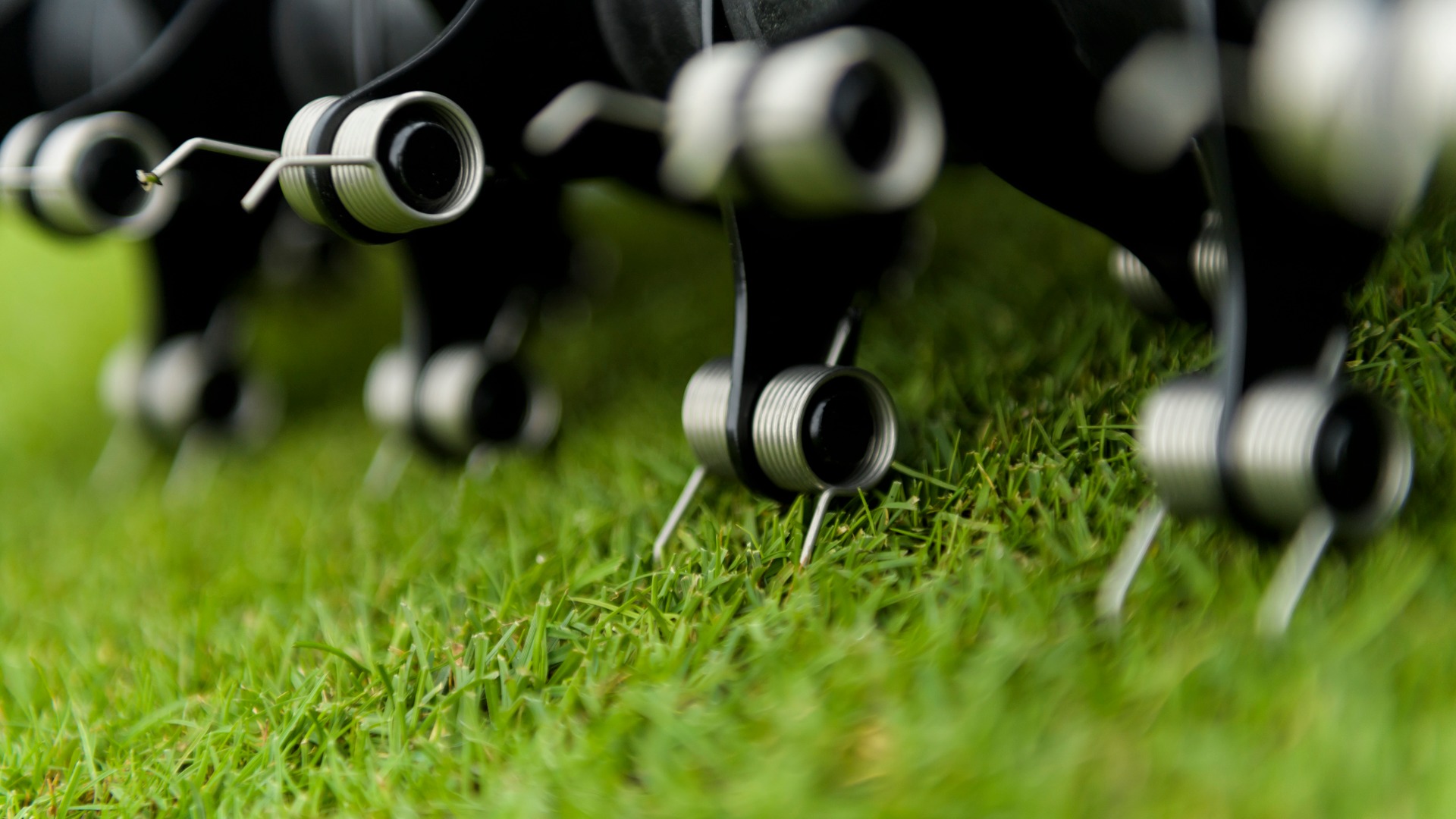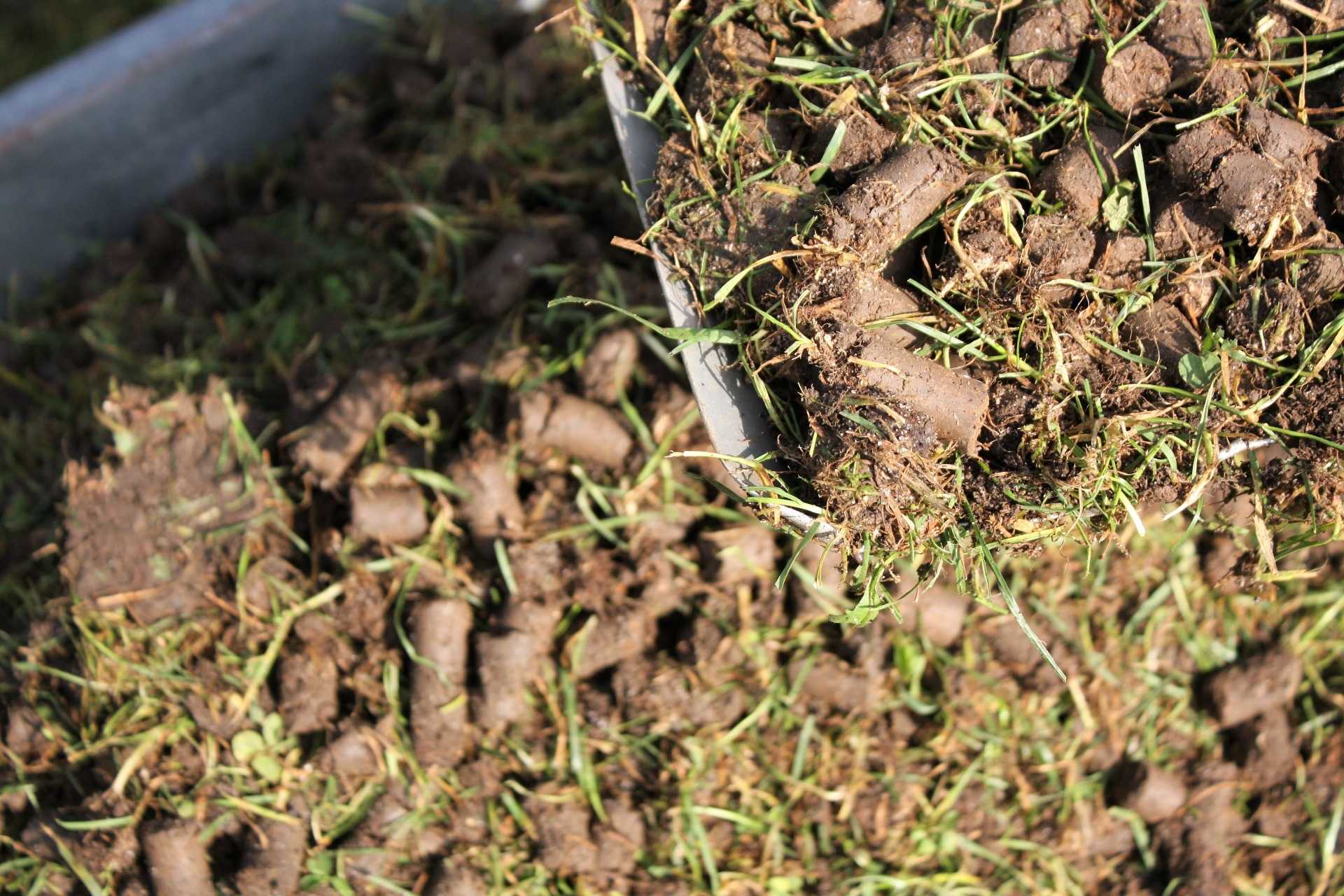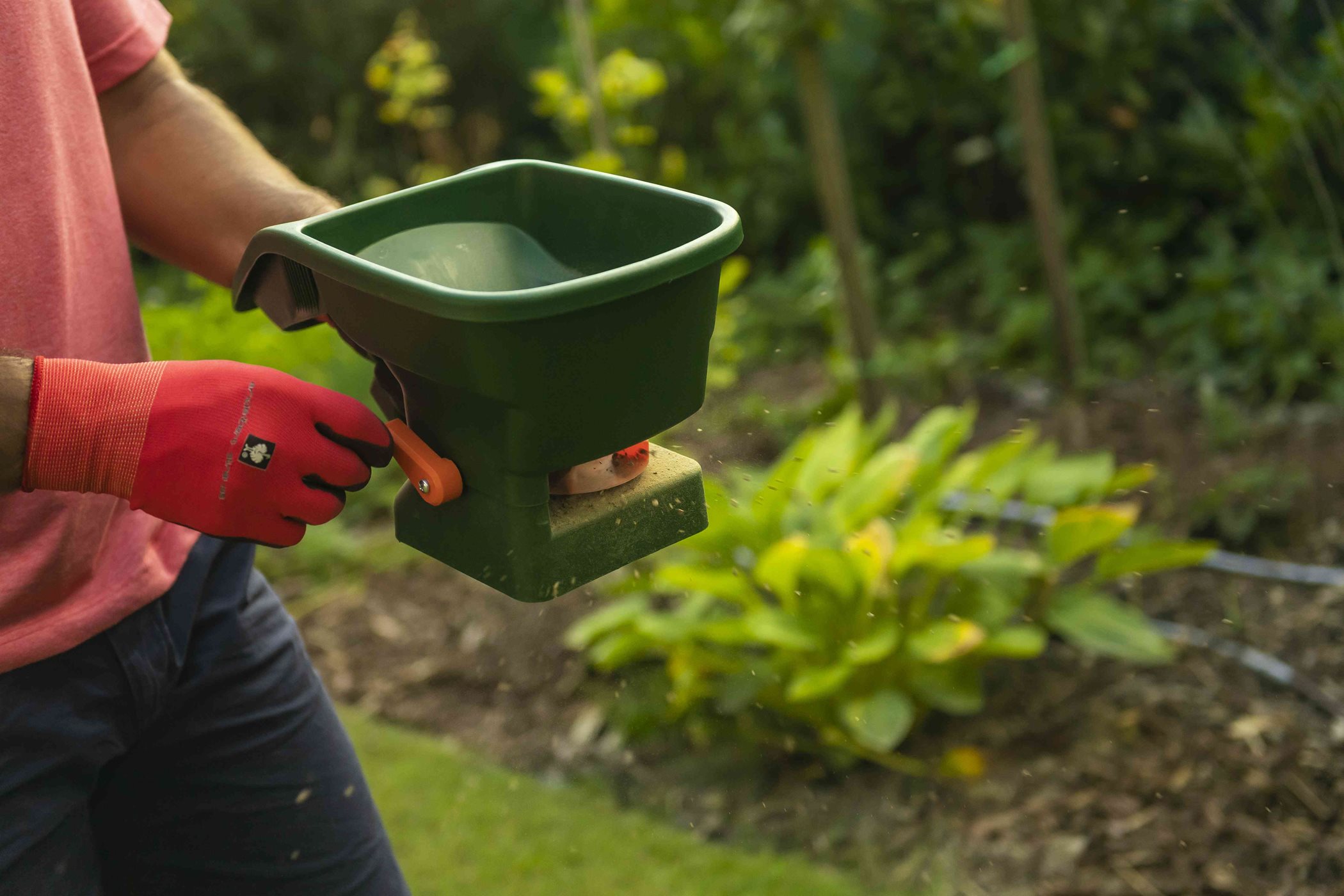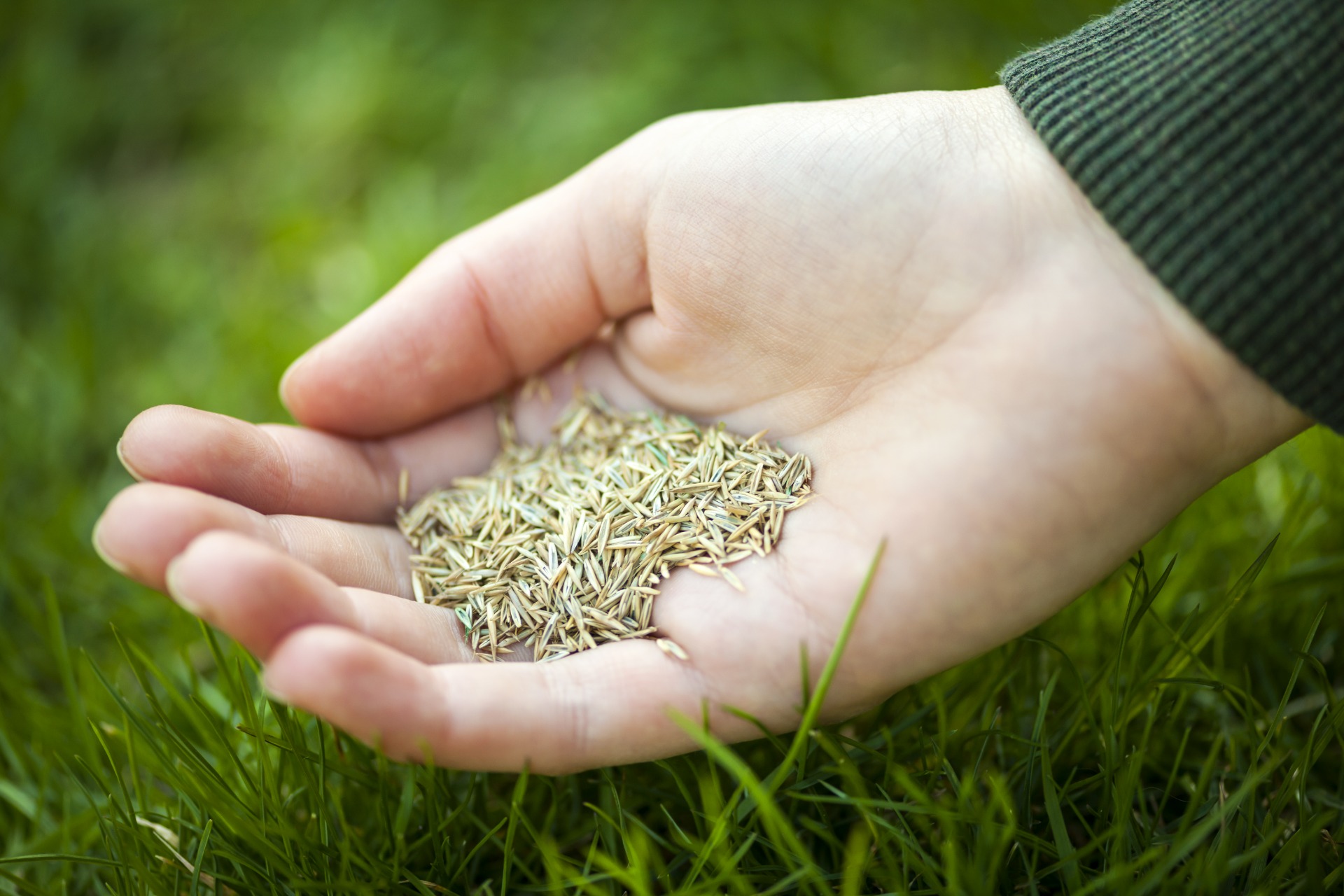5 Fall Tips for a Perfect Lawn
Fall is the time when nature slowly prepares for rest. But your lawn is far from asleep – right now, it needs care that will help it survive the winter and shine again in full strength come spring. We’ve prepared five key steps you shouldn’t skip this season.
1. Regularly Remove Leaves and Debris
Fallen leaves and twigs can suffocate your lawn – they block air and light, while keeping excess moisture that encourages mold. Regularly clear leaves off the grass. You can use classic rakes, but if you want to make the job faster and also remove lawn thatch, the Swardman Scarifier Cartridge will do the job perfectly.
2. Keep Mowing Until the End of the Season
Although grass growth slows down in autumn, it doesn’t stop completely. Growth only ceases once temperatures approach zero. Mowing twice a week with a sharp reel helps the lawn stay strong and healthy. Regular mowing until the end of the vegetation period is essential for a good start to the next season.Note: Never mow when the lawn is frozen or waterlogged.

3. Don’t Forget Aeration
After summer, the soil becomes compacted, limiting the access of air, water, and nutrients to the roots. Use aeration forks to create small holes in the lawn and fill them with silica sand. This process improves air circulation and water infiltration, leading to deeper rooting and a stronger, healthier lawn.You can find a detailed guide in our article: How to Aerate Your Lawn – A Step-by-Step Guide.

4. Fertilize with the Right Autumn Fertilizer
Unlike in spring, the goal in autumn is to strengthen the roots, not stimulate leaf growth. Choose a fertilizer with a higher potassium content – it helps the lawn resist frost, moisture, and disease. Avoid fertilizers high in nitrogen, as they promote leaf growth and weaken the lawn before winter.
5. Repair Damaged Areas
Bare or thinning patches won’t fix themselves – in fact, they may get worse over winter. Take advantage of the warm and moist autumn soil and overseed those spots. Loosen the surface slightly, add grass seed, and cover it with a thin layer of substrate. By spring, your lawn will have grown back into a dense, uniform green carpet.
You can also perform a complete overseeding of your lawn. Use the same grass seed mix you used when establishing the lawn to avoid color variations caused by different grass varieties. A full overseed thickens the turf and helps prevent unwanted grasses like annual meadow grass from spreading.

